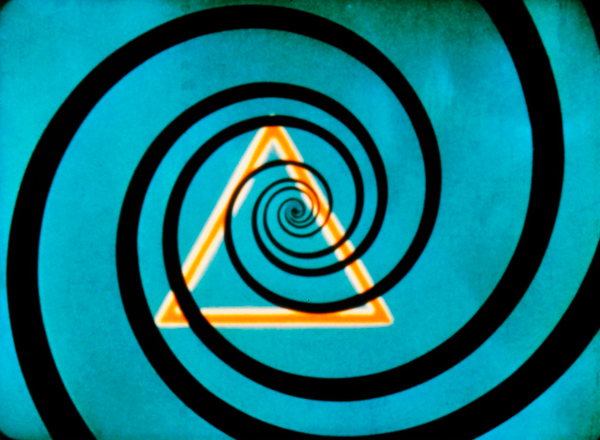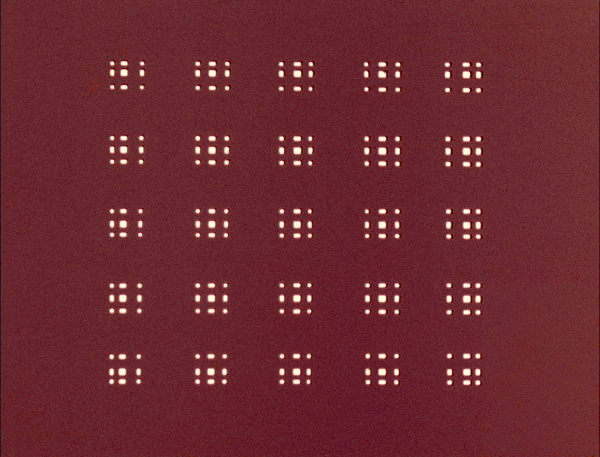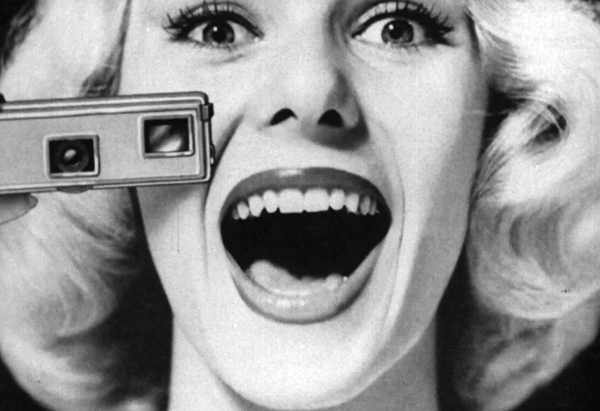10: Jean-Paul Kelly
SELECTION 2016
A dialogue between new audiovisual works, older or rediscovered films and videos by artists and filmmakers who work in the expanded field of moving image practice.
_______________
Jean-Paul Kelly
Whether working with video, photographs or drawings, the work of Toronto-based artist Jean-Paul Kelly (°1977) explores the relationship between materiality and perception. In his ongoing investigation of documentary imagery and its claims to truth, Kelly poses questions about the limits of representation by examining complex associations between found photographs, videos, and sounds from documentaries, photojournalism, and online media streams. This programme, co-curated with Kelly, proposes a dialogue between four of his works – including his most recent video The Innocents – and a highly personal selection including work by Canadian filmmakers Arthur Lipsett, Lorraine Dufour and Robert Morin, pioneers in abstract animation Mary-Ellen Bute and Norman McLaren, and friends and close collaborators Steve Reinke and James Richards.









